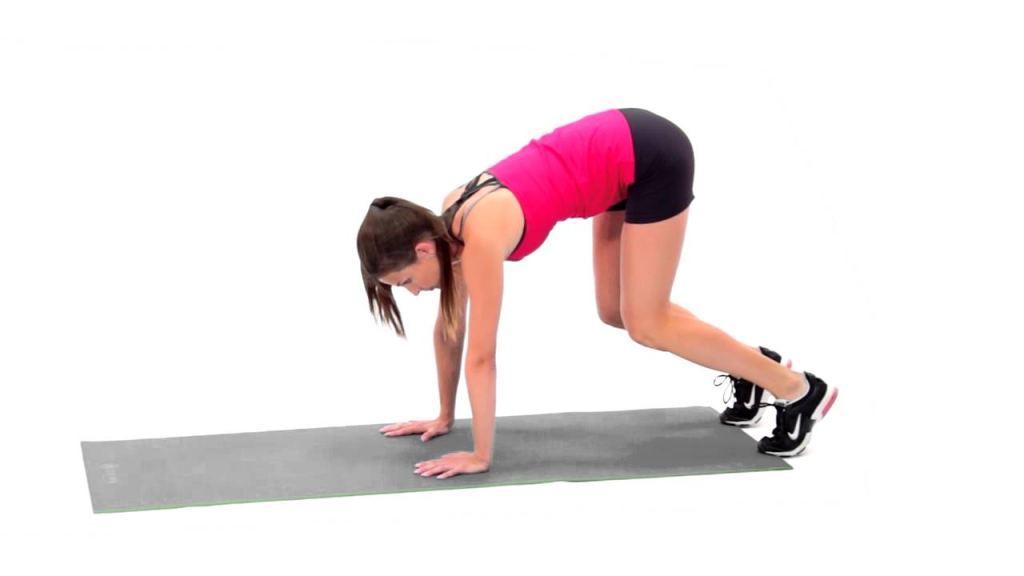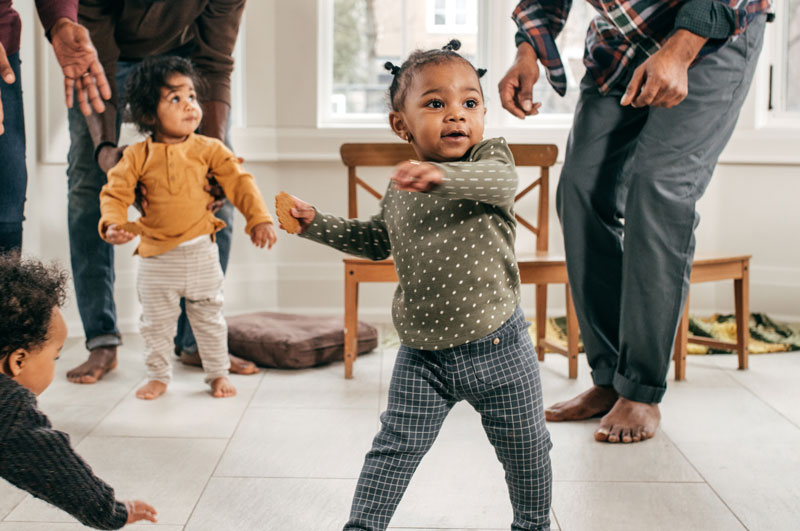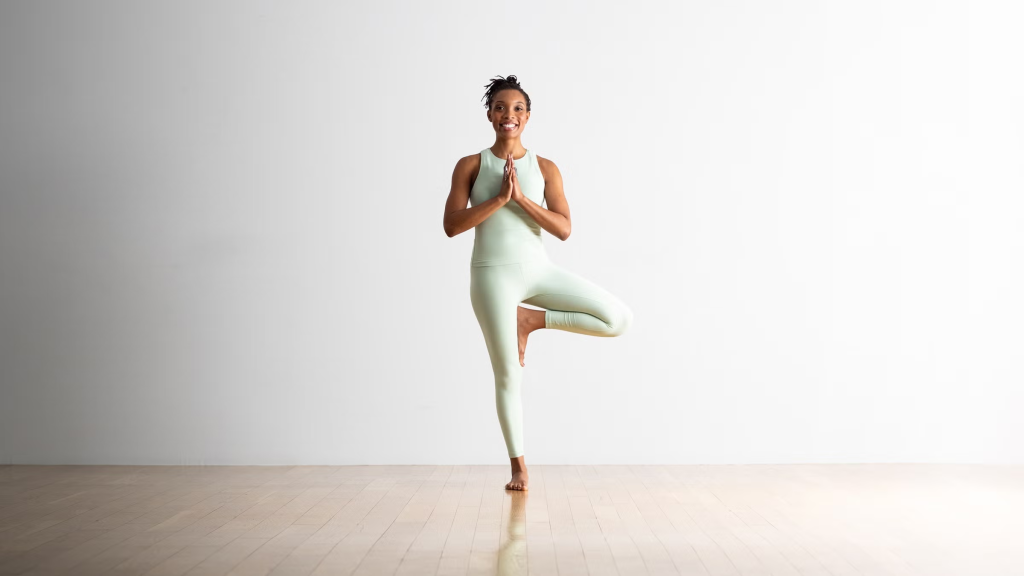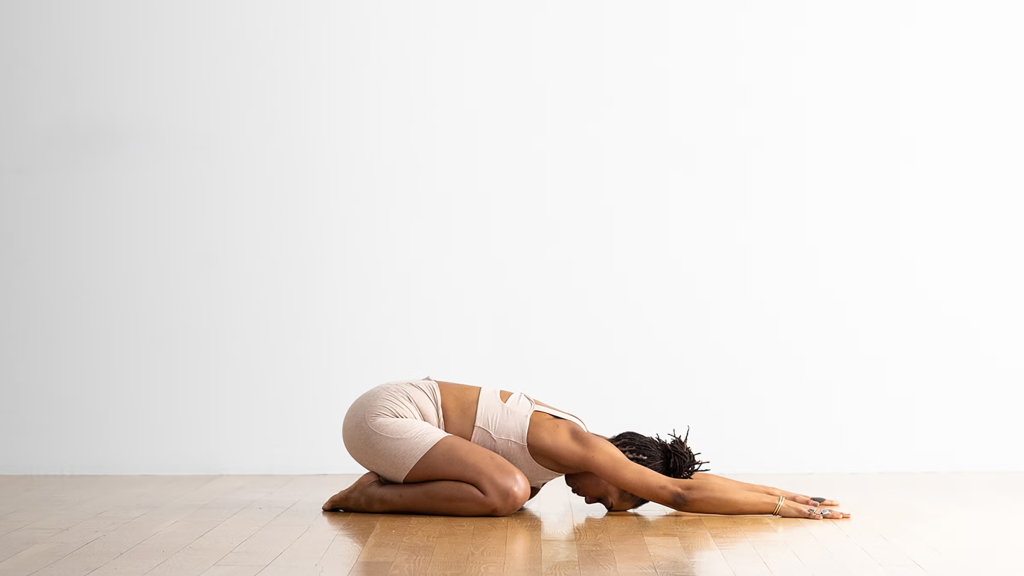“Mom, I’m bored!”
Sound familiar? Rainy days often bring a wave of restless energy, especially for kids aged 5 to 10. But here’s the good news: just because the skies are grey doesn’t mean your child’s energy—or joy—has to be put on hold.
Did you know?
Experts recommend that children in this age group get at least 60 minutes of moderate to vigorous physical activity each day. Skipping this—even on a rainy day—can affect not only their physical health but also their mood, focus, and sleep quality.
Let’s flip the narrative. Instead of viewing rainy days as a challenge, let’s see them as an opportunity for fun, laughter, and movement. Below are unique, kid-approved indoor exercises that are not only easy to set up at home but also help build strength, coordination, and big smiles.

What Happens After 30 Days of These Indoor Exercises for Kids (Aged 5–10)
| Area of Development | Expected Benefits After 30 Days |
|---|---|
| Physical Health | Improved stamina, stronger muscles, better balance and coordination |
| Mental Focus | Increased attention span and improved classroom concentration |
| Mood & Behavior | Fewer meltdowns, reduced anxiety, happier and more emotionally regulated kids |
| Sleep Quality | Faster bedtime routines and deeper, more restful sleep |
| Confidence & Self-Esteem | Sense of achievement and pride in mastering fun physical challenges |
| Social Skills | Better teamwork, sharing, and turn-taking when done with siblings or friends |
| Creativity | Boosted imagination from story-based movement and playful routines |
| Discipline & Routine | Development of healthy habits and consistency in daily structure |
1. Animal Walk Adventure
Turn your hallway into a jungle! Ask your child to move like different animals:

Bear crawl (hands and feet on the floor)

Frog jumps (squat and leap!)

Crab walk (sit, lift hips, walk backward)

Kangaroo hops (two-foot jumps across the room)
Bonus tip: Create a “jungle path” with pillows or masking tape and time them for an added thrill!
Myth Buster:
Kids don’t need fancy equipment to exercise. In fact, bodyweight movement (like animal walks) is one of the safest and most effective ways to build balance and muscle control in younger children.
2. Dance Freeze Challenge

Put on their favorite playlist and let them dance freely. But when the music stops—FREEZE!
They must hold the pose until the music plays again.
This simple game improves reaction time, focus, and gives the cardiovascular system a good workout.
Variation: Call out themes like “superhero pose” or “robot freeze” to spark imagination.
3. Indoor Obstacle Course

Use furniture, cushions, tape lines, and even laundry baskets to build a safe obstacle course.
Ideas include:
- Jumping over pillows
- Crawling under a table
- Balancing on a line of tape
- Throwing a softball into a bucket
Let them race against the clock or challenge a sibling. This supports agility, coordination, and problem-solving.
4. Yoga for Little Ones
Yoga is not just for adults! Children benefit from poses like:

Tree pose (improves balance)

Cobra pose (stretches the back)

Cat-Cow (spinal flexibility)

Child’s pose (calming)
Make it playful. Use animal names and breathing games. Try saying, “Let’s roar like a lion!” during Lion Pose.
Interesting Fact:
Studies show that children who practice yoga experience reduced anxiety and better emotional regulation, especially during unpredictable routines—like stormy weather days.
5. Balloon Volleyball
Blow up a balloon, tie a string or tape a ribbon across the room as the net, and let them hit it back and forth.
This game:
- Encourages hand-eye coordination
- Burns off energy
- Is safe for indoors
Add rules like “no hands” or “one leg only” for an extra twist.
6. Simon Says – Fitness Edition
“Simon says do 5 jumping jacks!”
“Simon says touch your toes!”
Mix in fun challenges with classic fitness moves:
- High knees
- Arm circles
- Star jumps
- Marching in place
This playful spin sharpens listening skills while keeping them active.
7. Sock Skating Races
Got slippery floors? Perfect. Let kids wear socks and “skate” across the room.
Add challenges like:
- Skating backward
- Going in circles
- Racing to touch walls
Make sure the area is safe and furniture is moved aside.
8. Imagination Movement Story Time
Create a story and have your child act it out with movements.
Example:
“You’re a pirate climbing a ship! Now the storm hits—duck! There’s a treasure—dig, dig, dig!”
They’ll be so caught up in the adventure, they won’t even realize they’re exercising.
9. Pillow Jumping Zone
Set up soft pillows and blankets and let them leap from one to another like a ninja warrior.
This strengthens leg muscles and gross motor skills, and offers a healthy outlet for pent-up energy.
Safety Tip: Supervise and use only soft materials on a carpeted floor to avoid slipping.
10. “Copy Me” Fitness Game

Stand in front and perform 3–4 quick moves—then your child copies.
Example:
- Jumping jack
- Spin
- Touch the floor
- Clap
Let them take turns being the leader. It’s a perfect mix of exercise and empowerment.
Final Thoughts
Rainy days can be magical. All it takes is a little imagination, a bit of movement, and the freedom to let kids be kids. These indoor exercises don’t just keep your child physically active—they also boost creativity, confidence, and mood.
Did You Know?
Regular movement indoors can improve academic performance, thanks to increased blood flow to the brain and better attention spans.
So next time the clouds roll in, don’t reach for the tablet or TV remote. Instead, roll out the yoga mat, blast some music, or create a mini indoor jungle. Keep them moving, keep them smiling—and make those rainy days something they look forward to.
Frequently Asked Questions (FAQs)
Why is physical activity important for kids aged 5–10?
Physical activity helps children build strong bones and muscles, improve coordination, maintain a healthy weight, and boost mental well-being. For kids aged 5–10, staying active also supports better focus, emotional regulation, and overall development.
How much exercise should my child get daily, even on a rainy day?
Health experts recommend that children aged 5–17 get at least 60 minutes of moderate to vigorous physical activity daily. That includes activities that raise the heart rate and strengthen muscles and bones—even if it happens indoors!
Are indoor exercises as effective as outdoor play?
Yes! While outdoor play offers fresh air and sunlight, indoor exercises can be just as effective when they involve movement, creativity, and consistent engagement. Activities like dance, obstacle courses, and animal walks keep the body moving and the mind stimulated.
What if my child loses interest quickly?
Variety is the secret! Rotate activities, keep them short and fun (10–15 minutes each), and let your child help choose or lead the next one. Games like “Simon Says” or storytelling-based exercises also hold attention better.
Is it safe for kids to do physical activities inside the house?
Yes, as long as the space is safe. Clear the floor of sharp or hard objects, use soft materials, and avoid slippery areas unless supervised. Always tailor exercises to your child’s age and ability.
Can indoor activity help improve my child’s mood on gloomy days?
Absolutely! Movement releases endorphins, the body’s natural “feel-good” chemicals. Even just 20 minutes of dancing, stretching, or active play can lift your child’s spirits and reduce boredom or anxiety on rainy days.
How can I involve more than one child in indoor workouts?
Turn it into a friendly competition or team challenge. Set up relay races, timed obstacle courses, or partner yoga poses. Older kids can even be the “coach” or “referee” for younger ones, building leadership skills.
Can these exercises help with school performance too?
Yes. Studies link regular physical activity with improved memory, better concentration, and enhanced academic performance. Active play supports brain development by increasing oxygen flow and reducing stress.





